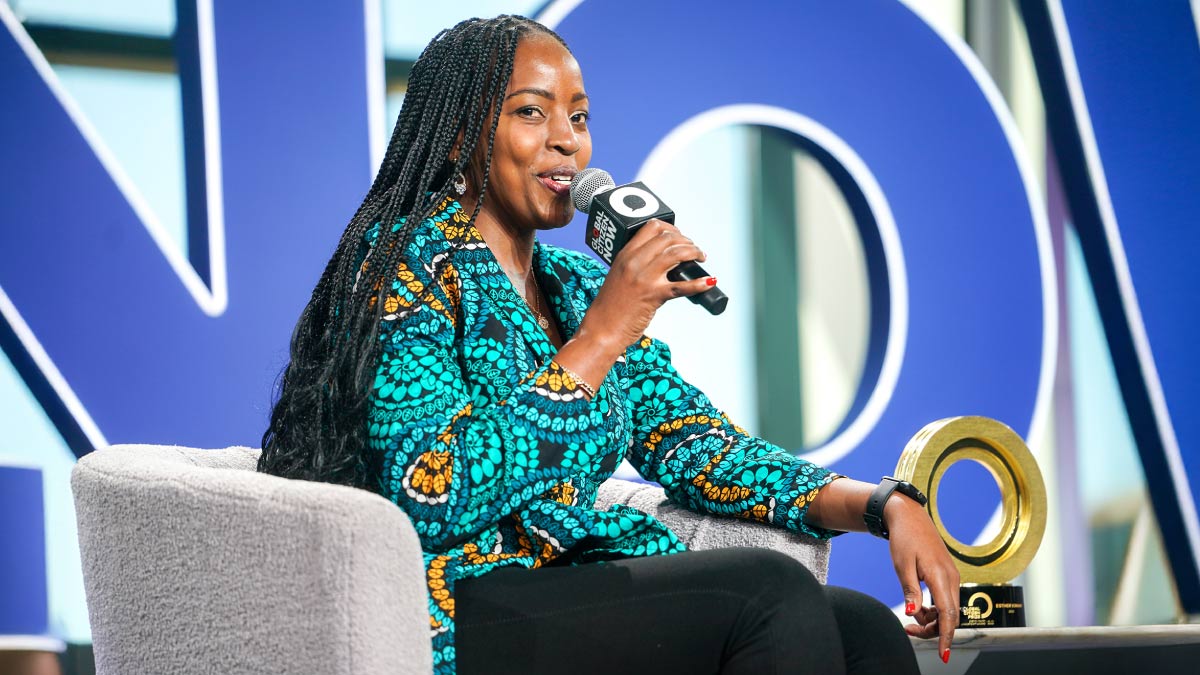By Gary DePreta, VP for U.S. State, Local Governments, and Education (SLED)
Institutions of higher education are at an inflection point. Education leaders are grappling with how to adapt to the impending enrollment cliff, with an estimated 15% decline in college-going students beginning in 2025. With low student engagement and course attendance, increased student drop-out rates, and challenges toward attracting new and non-traditional learners, such trends coincide with increased student and faculty demand for digital learning options – a key tool for attracting and maintaining new students.
I sat down with Leah Kraus, Chief Information Officer at North Carolina Central University (NCCU), to discuss how this HBCU has embraced hybrid learning, making it more competitive than ever in this challenging environment.
Q: How is NCCU thinking about hybrid learning as a mechanism to keep students and staff engaged?
“Our campus’ approach to hybrid is strongly linked to student retention as well as recruitment of quality faculty and staff. I truly believe that beyond hybrid learning, we’re really in a chapter of hybrid living. At the beginning of the pandemic, we were trying to answer how can we use technology to deliver the same level of programming both inside and outside of the classroom and administratively? The idea of community at an HBCU, at minority-serving campuses or smaller campuses in general, is different than on a large campus, and it was crucial to keep up the high-touch engagement.”
Q: Universities have embraced some form of hybrid for over two years now, with each administration determining the level of online learning options that works best for their goals. How have conversations at NCCU evolved over time?
“NCCU chose to embrace technology and utilize it to its fullest potential to make sure we maintained the interactive touch points with our campus community early in the pandemic. This continues to be our mindset. When Hurricane Ian hit, many NCCU faculty shifted their classes online and were able to continue to offer coursework synchronously because the tools are readily available to our students, faculty, and staff. Many university leadership and emergency management team meetings are held over Webex. At the beginning of the school year, when monkeypox started causing concern, we were able to maintain important campus town halls remotely. For NCCU, we’re not going backwards on hybrid. We’re going to keep moving forward and fully utilize the benefits of technology.”
Q: NCCU was quick to pivot online at the beginning of the pandemic. What were the ingredients in your success?
“Part of what made us so successful is that we invested in a complete end-to-end network refresh in 2018, and with that, Webex was the first enterprise license tool that was made available. This means that we started the pandemic with the network and familiarity with collaboration and video conferencing in place. We knew the quality and security of our Cisco network infrastructure was going to support the technology needed in the classrooms. For many universities, their infrastructure wasn’t ready, and they were trying to procure the necessary connectivity, whereas our biggest pain point was actually making sure all of our students and faculty were equipped with the devices needed to access the network.”
Q: Given NCCU’s full embrace of hybrid and its ties to your university strategy, what’s next in terms of how you leverage technology?
“NCCU faculty have gotten really good at synchronous teaching through platforms like Webex. Our area for growth is to use data and analytics more robustly, to bring apps into our tools, so that we can further evaluate student engagement to make sure all students, whether remote or in person, are having the same experience. Despite their familiarity with teaching from anywhere, our faculty are clamoring for more training and are eager to use innovative technology beyond straightforward teaching. Whether that means installing a confidence monitor or bringing in speakers remotely, we’re all invested in creating an innovative, dynamic learning environment.”
Q: It’s easy to wrap our heads around the student demand for hybrid learning options. Especially for students juggling work or caregiving responsibilities, that flexibility could be the difference between whether or not students pursue a degree. Could you expand more on how faculty preferences have shaped NCCU’s hybrid strategy?
“I think faculty are used to being the experts in their field, so when they were first faced with teaching over collaboration platforms, it might have been, understandably, intimidating. Now, it is a given. The pandemic coincided with a summer of reckoning in terms of the racial injustices taking place in our country. With George Floyd’s murder and the growth of the Black Lives Matter movement that summer of 2020, this was a deeply personal moment for the entire NCCU community. Many of our faculty were directly affected by these events, and their openness to embracing technology was in large part because it allowed for connection. Faculty demands for hybrid tools go beyond their role as instructors and include personal considerations.”
Q: What are the opportunities for companies like Cisco to further partner with higher education to make sure universities feel equipped to use hybrid tools in the face of some of the market challenges ahead?
“Trusted partners like Cisco have done a good job of actually listening to education leaders because they see the value of delivering education-tailored solutions, not just an enterprise solution. That back-and-forth conversation between the higher education sector and industry has helped evolve the technology which, from there, has opened up broader use cases for how technology can be utilized on a campus. The maturity of the products and solutions being offered today and the maturity of campuses in being equipped to utilize them have really coincided nicely and are strongly aligned.”
###



